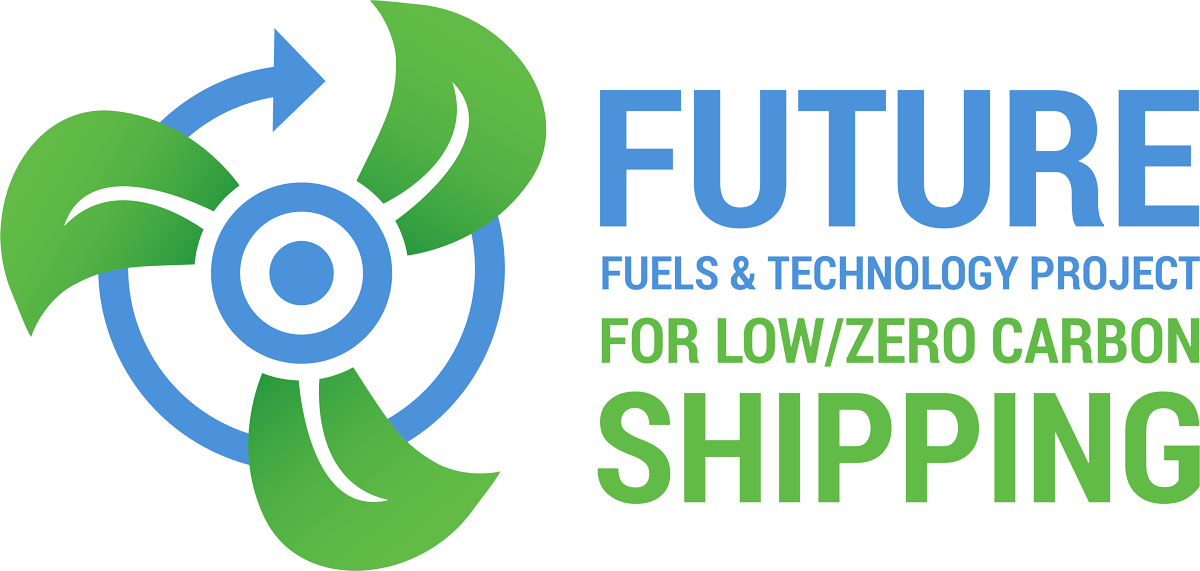To provide technical and operational guidance on dual-fuel (DF) propulsion systems for newbuild vessels, this report focuses on LNG, methanol, and ammonia as alternative marine fuels amid tightening regulations such as IMO emission targets and EU maritime policies. It analyzes key design, safety, operational, regulatory, and economic factors associated with these fuels, evaluating their potential to reduce greenhouse gas emissions while addressing challenges in fuel infrastructure, handling safety, and compliance. The goal is to help shipowners and stakeholders choose DF solutions that are sustainable, safe, and economically viable in the transition to a low-carbon maritime industry.
Fuel Type: Ammonia
SAFE INTRODUCTION OF ALTERNATIVE FUELS (Focus on ammonia and hydrogen as ship fuels)
To support the safe and effective introduction of ammonia and hydrogen as alternative marine fuels by outlining approval processes, safety challenges, and regulatory gaps, and by guiding shipowners, designers, and operators in navigating the current immature regulatory landscape. The report emphasizes the importance of early stakeholder collaboration, risk-based approval, seafarer training, and the development of robust safety systems to enable the maritime industry’s transition toward decarbonization by 2050.
Life cycle assessment of e-/bio- methanol and e-/grey-/blue-ammonia for maritime transport
to provide an independent and comparative assessment of key alternative fuels for the maritime sector, and to evaluate their energy efficiency, greenhouse gas (GHG) reduction potential, production scalability, maturity, and economic competitiveness, in both the short and long term
The cost of capital challenge in delivering a just and equitable transition for shipping
To examine the financial barriers to a just and equitable transition to zero-emission fuels in the shipping sector, this report focuses on the cost of capital as a critical determinant of project feasibility. It compares the levelised costs and investment risks of green ammonia (e-ammonia) production across regions, including both developed and developing countries, to illustrate how disparities in capital access affect global competitiveness. Furthermore, it explores policy instruments—such as grants and concessional finance—that can mitigate investment challenges in low-income countries, thereby supporting the IMO’s objective of a fair transition while enabling the widespread adoption of renewable marine fuels.
Linking the employment of alternative marine fuels to a carbon price for shipping
To study the feasibility of hydrogen and ammonia as marine fuels, this research analyses their costs and benefits. While both fuels offer long-term decarbonization potential, adoption faces challenges due to high capital investments and operational costs. Green hydrogen is the most expensive, followed by green ammonia, blue hydrogen, and blue ammonia, though green alternatives have minimal emissions costs. This highlights the need for Market-Based Measures (MBMs) to support their implementation.
Regulatory trends and impact: Second Edition
To provide the explanation of the latest adopted and anticipated IMO regulations, offering insights into their impact on the maritime sector.
To highlight key regulatory changes at regional and national levels, emphasizing their potential implications for industry stakeholders.
Preparing Tanker Vessels for Conversion to Green Fuels
To analyse the technical, economic, and environmental impacts of converting tanker vessels to green fuels such as methanol and ammonia. This report aims to assess the readiness level and costs of fuel transition, providing insights to propose optimal design and operational strategies that align with sustainable shipping practices and regulatory requirements.
Economic benefits of building zero-emission capable vessels in East Asia
To evaluate the economic opportunities for shipbuilding countries – China, the Republic of Korea, and Japan – through the construction of zero-emission capable vessels (ZECVs).
To explore the potential revenues generated by replacing conventional ships with ZECVs and highlight the role of first-mover advantages in the shipbuilding market.
Green ammonia adoption in shipping: Opportunities and challenges across the fuel supply chain
To investigate the viability of green ammonia as a shipping fuel, exploring its technical, economic, and infrastructural challenges.
To identify barriers and opportunities for its adoption within the shipping sector, focusing on its potential to align with the Paris Agreement goals of limiting global warming to 1.5°C.
Availability of E-fuels and E-fuel-capable Vessels from 2027–2030
To assess the market readiness of e-fuels and e-fuel-capable vessels for commercial deployment in the maritime sector between 2027 and 2030. The report seeks to provide insights into the production capacity of e-fuels, the readiness of vessels to use these fuels, and the alignment of these elements to support ZEMBA’s next tender process. The study also aims to identify challenges such as financial barriers and deployment mismatches, offering strategies to accelerate zero-emission technology adoption in shipping.

